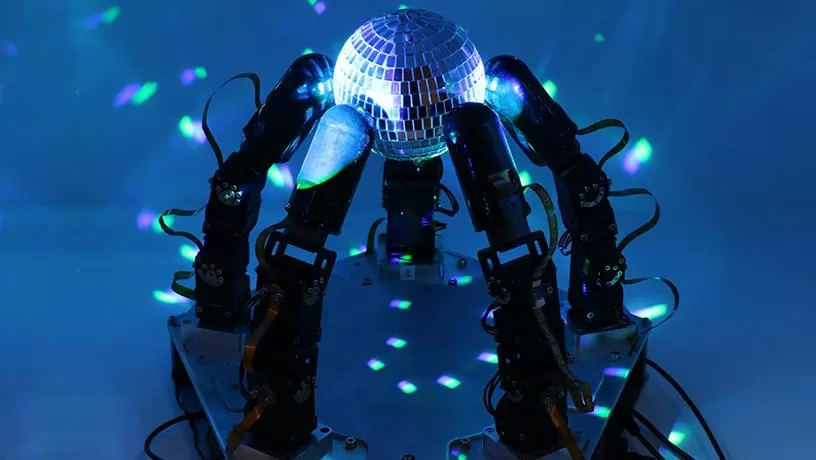2023-04-27 マサチューセッツ工科大学(MIT)

研究チームの設計は、ロボット計画アーキテクチャに反射神経を組み込んだ最初のものであり、ロボットシステムに反射神経を組み込むための一般的な構造を提供しています。
今後、研究チームは、より複雑な反射をプログラムすることで、刻々と変化する環境下で人間とともに、あるいは人間とともに働くことができる、軽快で適応力のあるマシンを実現する予定です。
<関連情報>
- https://news.mit.edu/2023/speedy-robo-gripper-reflexively-organizes-spaces-0427
- https://arxiv.org/abs/2209.11367
高帯域センシングとアクチュエーションを用いた反射を伴うロバストな自律把持の実現に向けて。
Towards Robust Autonomous Grasping with Reflexes Using High-Bandwidth Sensing and Actuation
Andrew SaLoutos, Hongmin Kim, Elijah Stanger-Jones, Menglong Guo, Sangbae Kim
arXiv Submitted on :23 Sep 2022
DOI:https://doi.org/10.48550/arXiv.2209.11367
Modern robotic manipulation systems fall short of human manipulation skills partly because they rely on closing feedback loops exclusively around vision data, which reduces system bandwidth and speed. By developing autonomous grasping reflexes that rely on high-bandwidth force, contact, and proximity data, the overall system speed and robustness can be increased while reducing reliance on vision data. We are developing a new system built around a low-inertia, high-speed arm with nimble fingers that combines a high-level trajectory planner operating at less than 1 Hz with low-level autonomous reflex controllers running upwards of 300 Hz. We characterize the reflex system by comparing the volume of the set of successful grasps for a naive baseline controller and variations of our reflexive grasping controller, finding that our controller expands the set of successful grasps by 55% relative to the baseline. We also deploy our reflexive grasping controller with a simple vision-based planner in an autonomous clutter clearing task, achieving a grasp success rate above 90% while clearing over 100 items.



